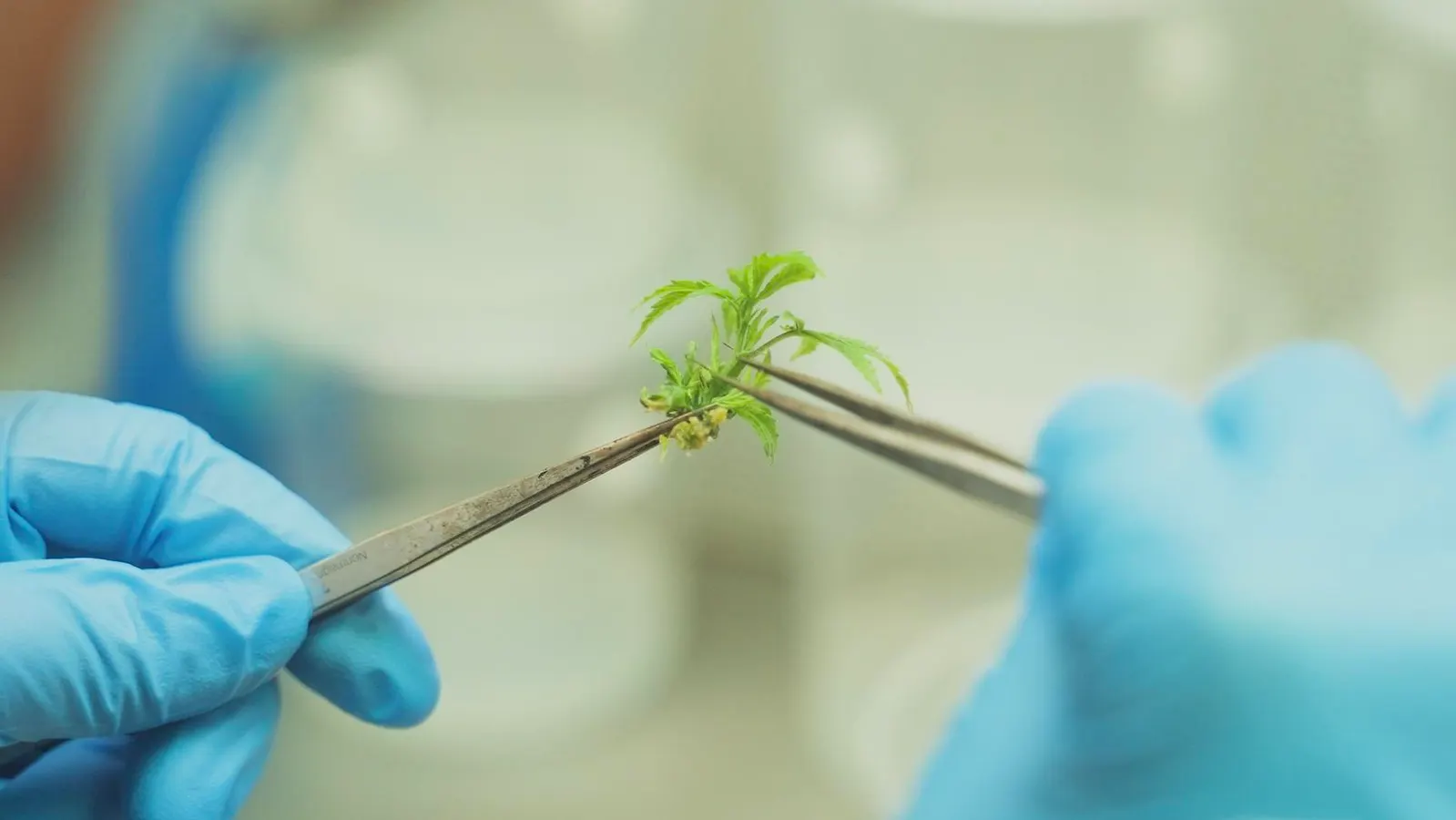Triploid cannabis, a plant with three sets of chromosomes, is emerging as a significant development in cannabis cultivation. Unlike the more common diploid plants, which have two sets of chromosomes, triploid cannabis is functionally sterile, preventing seed production even when exposed to pollen. This sterility is achieved through traditional agricultural methods, similar to those used for cultivating seedless fruits like bananas and watermelons.
Companies such as Humboldt Seed Company and Mavericks Genetics are at the forefront of introducing triploid cannabis seeds to the market, believing these plants can reshape large-scale cannabis farming. Pablo Miguel Gomez, CEO of Mavericks Genetics, states, “No more worrying about rogue males ruining your harvest. It translates into denser, seedless flowers and better quality.”
The benefits of triploid cannabis extend beyond sterility. These plants often show increased vigor, quicker flowering times, and potentially higher yields, although these outcomes can vary based on the specific strain and growing conditions. A recent peer-reviewed study indicated that triploid cannabis can occur naturally and may improve production metrics. For instance, triploid strains are reported to flower within six to eight weeks, with some varieties like California Octane showing flowering times as short as 37 days. This accelerated growth cycle can lead to reduced resource use in terms of water, fertilizer, and pest management.
Benjamin Lind, co-founder of Humboldt Seed Company, notes that triploids are resistant to pests, allowing for fewer agricultural inputs and a smaller carbon footprint. Additionally, these plants may express rare cannabinoids and terpenes, offering novel flavors and potency for consumers.
However, the advantages of triploid cannabis primarily benefit commercial farms rather than home growers. Sergio Martínez, CEO of Blimburn Seeds, emphasizes that most home cultivation occurs indoors, where male plants are typically absent, reducing the risk of accidental pollination. The primary concern for large-scale outdoor cultivators is the unpredictability of pollen drift from neighboring farms, which can lead to unwanted pollination and reduced crop quality.
Triploid cannabis could mitigate this issue, as its sterile nature means that even if hermaphroditic plants develop pollen sacs under stress, they would have a diminished impact on triploid crops. In a 2019 study by Canopy Growth and Carleton University, researchers explored tetraploidy in cannabis and observed a 40% increase in trichome density, along with a 9% increase in CBD concentration, although findings regarding total yield and THC levels were inconclusive.
While triploids are marketed for their sterility, recent research suggests that this sterility is not absolute. A study in Agronomy Journal confirmed that triploid cannabis can significantly reduce seed production but is not entirely immune to pollination. Field trials conducted by Cornell University and Oregon CBD demonstrated that triploid plants produced fewer seeds compared to diploids under heavy pollen pressure, yet some viable seeds were still generated.
Gomez believes that the triploid era is just beginning, stating, “We’re confident that as they expand and improve, these genetics will pave the way toward even more advanced seeds.” Lind adds that triploids might be particularly advantageous in regions with high pollen exposure, such as Morocco. In such environments, even a partial sterility rate of 80-90% could greatly benefit outdoor farms.
The introduction of triploid cannabis aligns with a broader trend in cultivating resilient, high-yielding strains suited for varying climatic conditions. In South America, for example, breeders are developing triploid strains that are adaptable to local environments, focusing on sovereignty and accessibility in cannabis cultivation.
Despite the promise that triploid cannabis holds, concerns about biodiversity persist. Martínez raises alarms about the growing reliance on feminized seeds and the potential for reduced genetic diversity with the increased use of triploids in cultivation. As the industry embraces these innovations, it must balance efficiency with the need to maintain diverse genetic stocks.
As triploid genetics continue to spread beyond the United States into the European Union, Morocco, and Latin America, the urgency for further research and development becomes apparent. While triploids may not completely replace traditional diploid strains, they are poised to play an important role in the future of cannabis cultivation.




